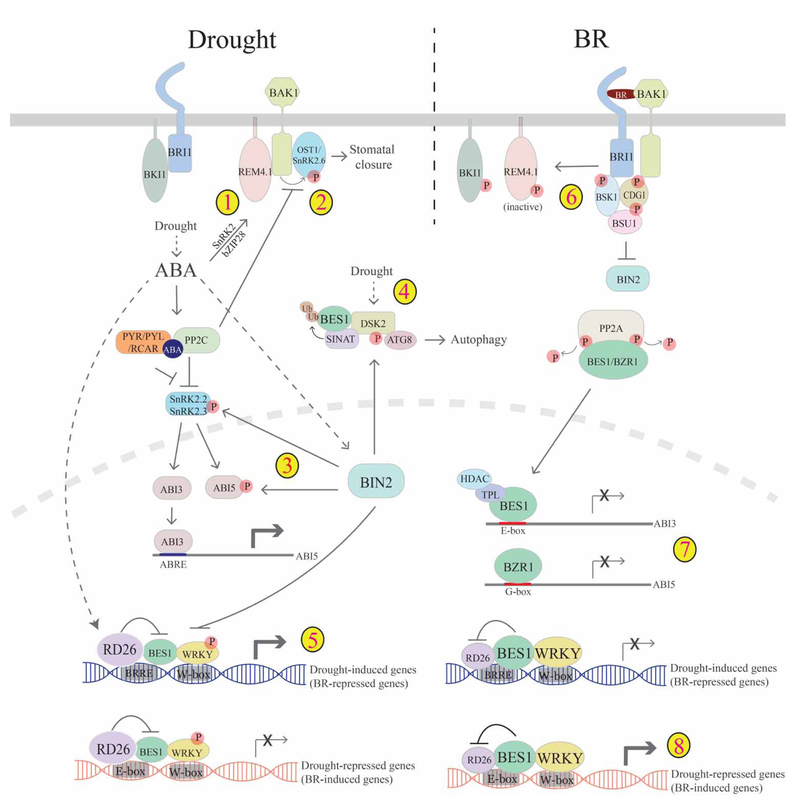Figure 2. Cross-talk between BR and drought pathways.
Drought induces ABA accumulation, which promotes drought responses. ABA acts through receptors (PYR/PYL/RCAR) to inhibit PP2C repression of SnRKs, allowing SnRKs to phosphorylate downstream transcription factors (ABI3/ABI5 and others), which regulate genes for drought responses. ABA-activated OST1/SnRK2.6 also functions to regulate stomatal closure. There are several mechanisms of cross-talk between drought/ABA and BR pathways that involve the negative regulator of the BR pathway BIN2 and converge on BES1/BZR1. 1. ABA induces the expression of REM4.1 through SnRK2 and bZIP28; and REM4.1 acts to inhibit BRI1/BAK1 and thus BR signaling. 2. BAK1 and ABI1/PP2C oppositely regulate OST1/SnRK2.6 to modulate stomatal closure, providing another layer to BR–ABA cross-talk. 3. Under drought conditions, BIN2 is active, which phosphorylates and activates SnRK2.2/2.3 and ABI5. 4. During stress conditions, BES1 is ubiquitinated by SINAT E3 ubiquitin ligases and targeted for degradation through selective autophagy via phospho-regulated autophagy receptor DSK2. Phosphorylation of DSK2 by BIN2 enhances DSK2–ATG8 interactions, therefore promoting BES1 degradation. 5. Drought and ABA activate NAC family transcription factor RD26 that inhibits BES1 activity to promote drought-induced (BR-repressed) genes and inhibit drought-repressed (BR-induced) genes. 6. In contrast, under BR-promoted growth conditions, BRI1 phosphorylates and inactivates REM4.1. 7. BR-activated BES1/BZR1 inhibits ABI5 expression to inhibit ABA responses either through ABI3 (top) or by directly binding ABI5 promoter (bottom). 8. On the other hand, BES1 also inhibits RD26 transcriptional activity to promote BR-induced (drought-repressed) genes and inhibit drought-induced (BR-repressed) genes, thereby promoting BR-regulated growth.

